
Magnolia - Plant
(MRP Inclusive of all taxes)
- Shipping ₹79 for entire order
- Dispatch in 7 days
- Country of origin: India

(MRP Inclusive of all taxes)
 Save 29%
Save 29%
Air Purifier Money Plant with Pot The Air Purifier Money Plant, also known as Pothos or Epipremnum aureum, is a stunning indoor plant that...
View full details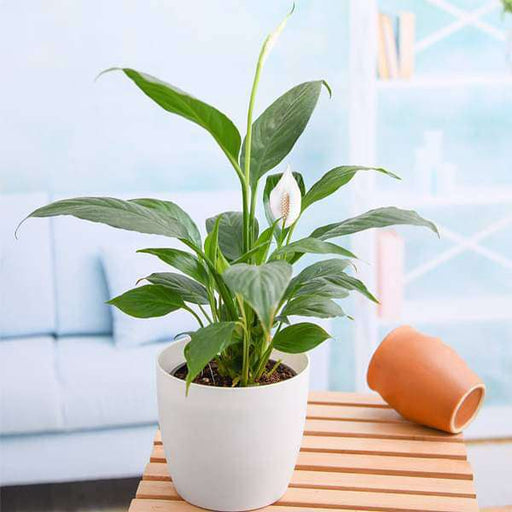
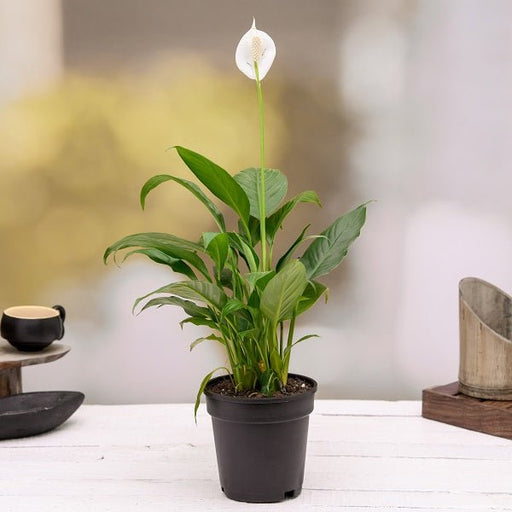 Save up to 15%
Save up to 15%
Peace Lily, Spathiphyllum - Plant The Peace Lily, scientifically known as Spathiphyllum, is a stunning houseplant celebrated for its elegant white...
View full details
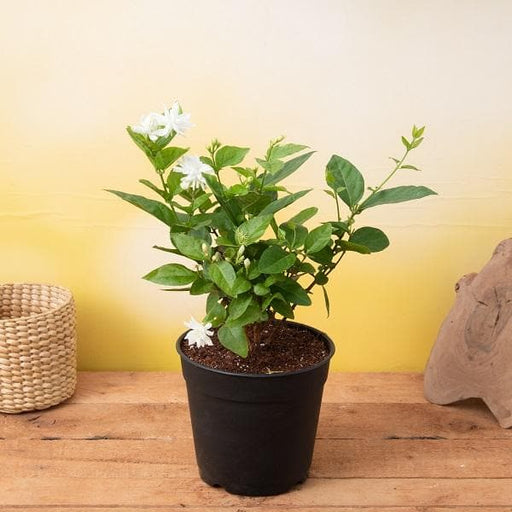 Save 25%
Save 25%
Jasminum sambac, Mogra, Arabian Jasmine - Plant Jasminum sambac, commonly known as Mogra or Arabian Jasmine, is a fragrant flowering plant...
View full details
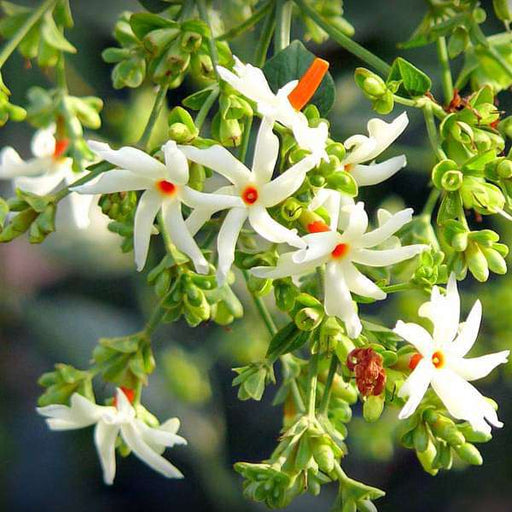 Save 18%
Save 18%
Combo Constituents Includes the Parijat Tree (Night-Flowering Jasmine), a culturally significant plant with fragrant flowers. Description The Pari...
View full details
 Save 25%
Save 25%
Miniature Rose, Button Rose (Any Color) - Plant The Miniature Rose, also known as the Button Rose, is a charming and compact flowering plant that ...
View full details Save 25%
Save 25%
Damascus Rose, Scented Rose (Any Color) - Plant The Damascus Rose, also known as Rosa damascena, is a timeless symbol of beauty and romanc...
View full details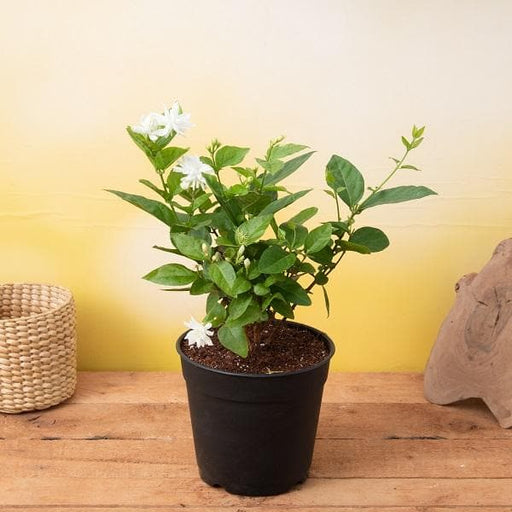
 Save 17%
Save 17%
Beautiful Fragrant Mogra, Arabian Jasmine Plant with Pot The Beautiful Fragrant Mogra, also known as Arabian Jasmine (Jasminum sambac), is...
View full details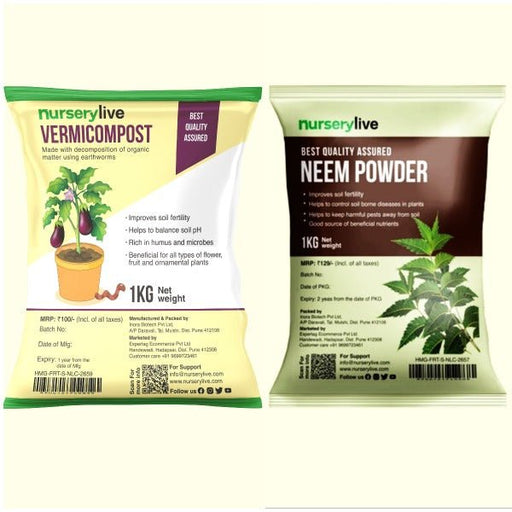 Save 15%
Save 15%
Pack of Vermicompost and Neem Cake for House Plants Transform your indoor garden with our premium Pack of Vermicompost and Neem Cake, spec...
View full details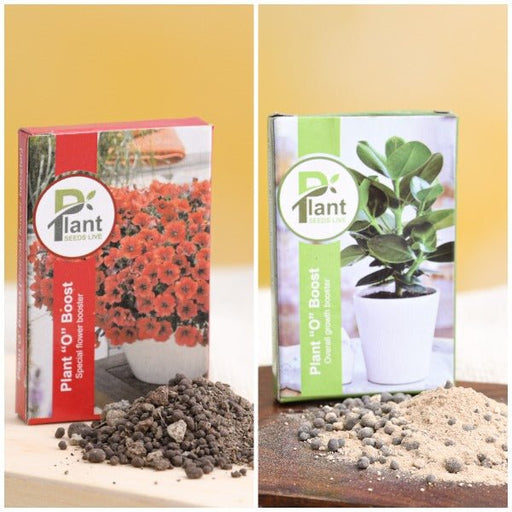
Pack of Plant Growth and Flower Boosters Unlock the full potential of your garden with our Pack of Plant Growth and Flower Boosters! This ...
View full details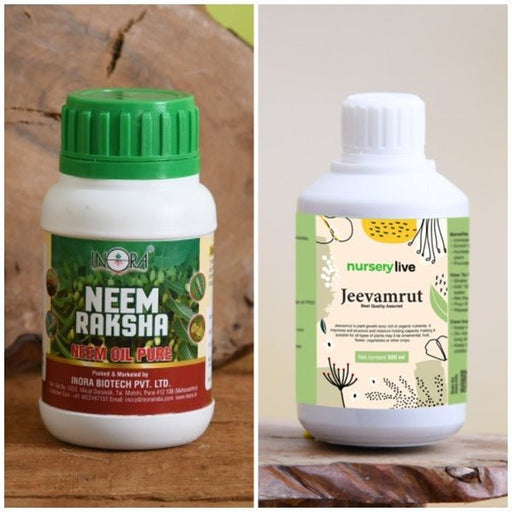 Save 38%
Save 38%
Combo of Jeevamrut and Neem Raksha for Easy Growth and Protection of Houseplants Transform your indoor garden with our exclusive combo of ...
View full details Save 22%
Save 22%
Plant Nutrients Kit (Pack of 16) for a Healthy Garden Transform your garden into a lush paradise with our Plant Nutrients Kit, featuring 1...
View full details Save 16%
Save 16%
Combo of Top Plant Fertilizers Elevate your gardening game with our exclusive Combo of Top Plant Fertilizers, featuring two bags of premiu...
View full details Save 24%
Save 24%
Pack of 4 Additives to Make Soil Healthy and Nutrient Rich Transform your garden into a thriving ecosystem with our Pack of 4 Additives de...
View full details Save 30%
Save 30%
Transform your gardening experience with our premium Combo of Perlite and Vermiculite. This unique blend is designed to enhance soil aeration and ...
View full details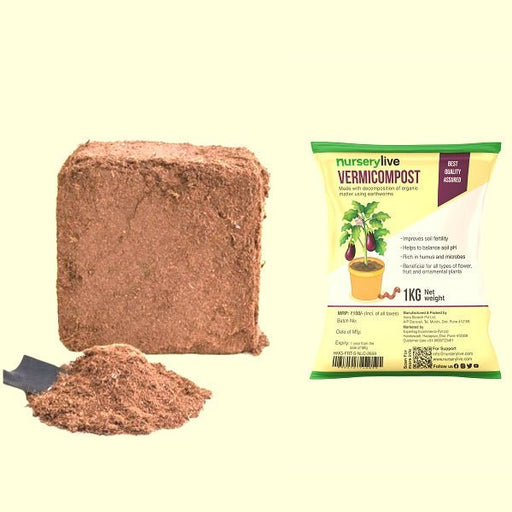 Save 27%
Save 27%
Combo of 2 Vermicompost and Cocopeat - Enrich Your Soil Naturally! Transform your garden into a thriving ecosystem with our Combo of 2 Ver...
View full details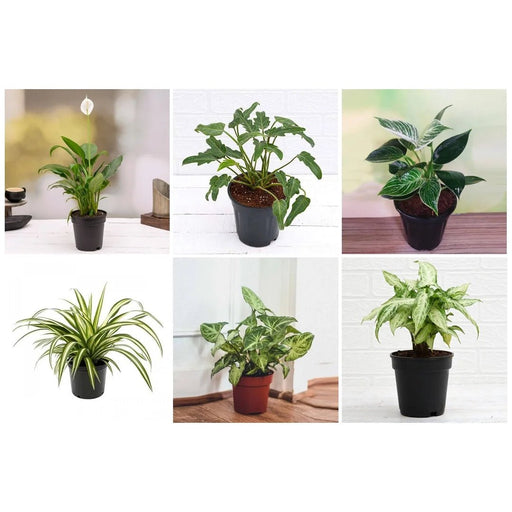
 Save 35%
Save 35%
Best 6 Plants for Perfect Indoor Garden Transform your living space into a lush oasis with our curated collection of the Best 6 Plants for a...
View full details
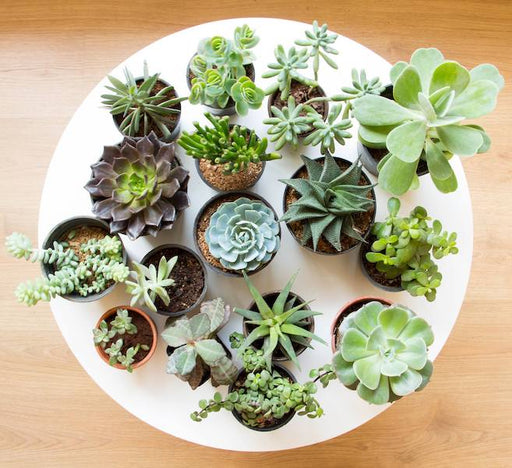 Save up to 50%
Save up to 50%
Mini Succulent Garden Pack Transform your space with our Mini Succulent Garden Pack, featuring a delightful collection of 4 any variety beautiful s...
View full details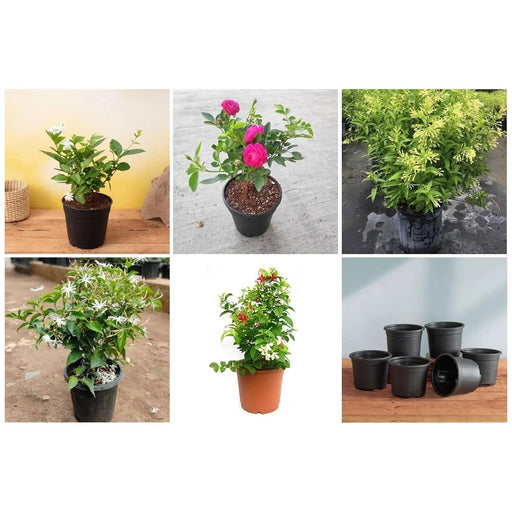
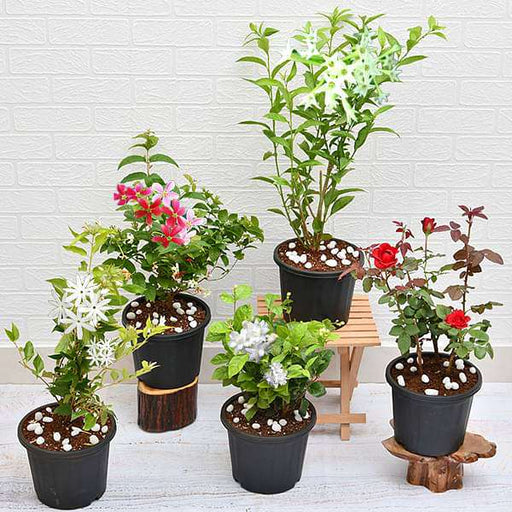 Save 30%
Save 30%
5 Best Fragrant Plants Transform your garden or indoor space into a fragrant paradise with our curated selection of the 5 Best Fragrant Plants. Th...
View full details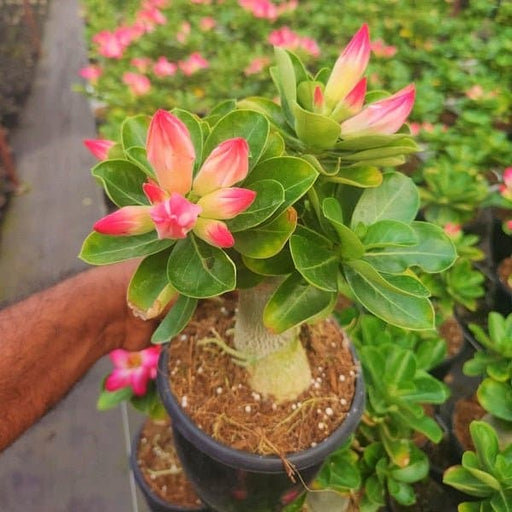
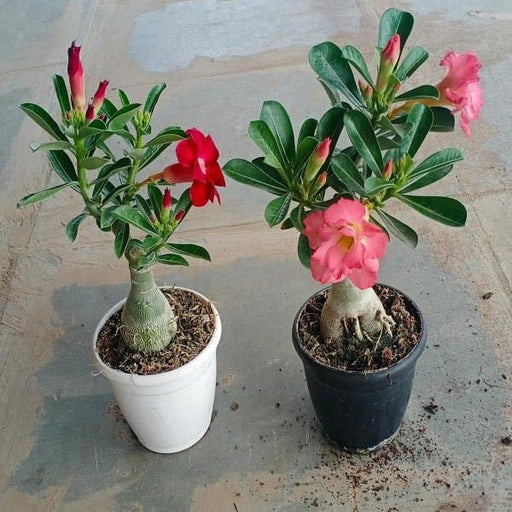 Save 24%
Save 24%
Set of 2 Bonsai Looking Grafted Adeniums Transform your indoor or outdoor space with our exquisite Set of 2 Bonsai Looking Grafted Adenium...
View full details Save 45%
Save 45%
Top 4 Die Hard Succulents Pack Transform your indoor or outdoor space with our Top 4 Die Hard Succulents Pack, featuring a curated selecti...
View full details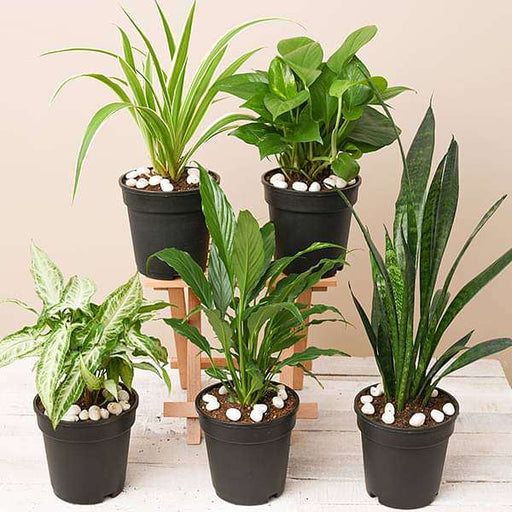
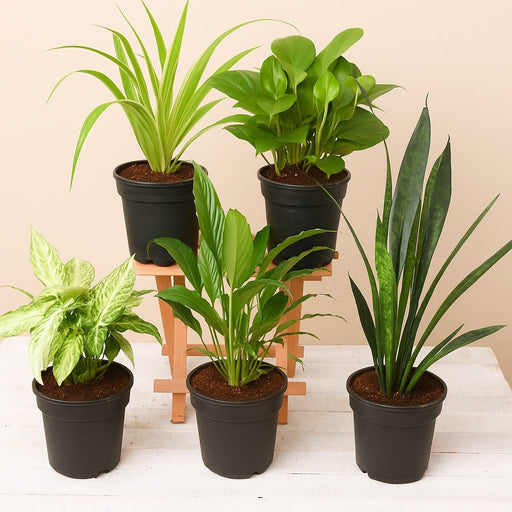 Save 30%
Save 30%
5 Best Indoor Plants Pack Transform your living space into a lush oasis with our '5 Best Indoor Plants Pack.' This carefully curated collection fe...
View full details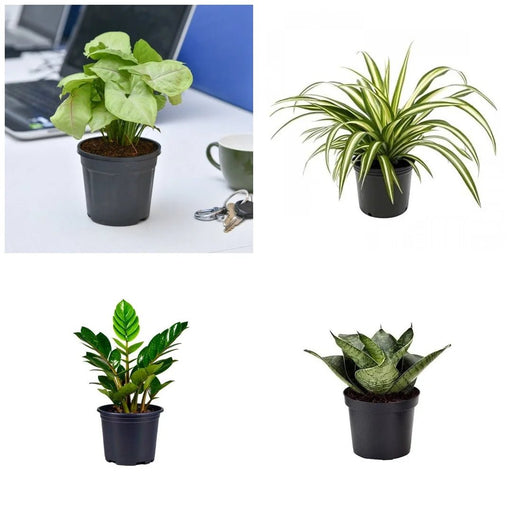
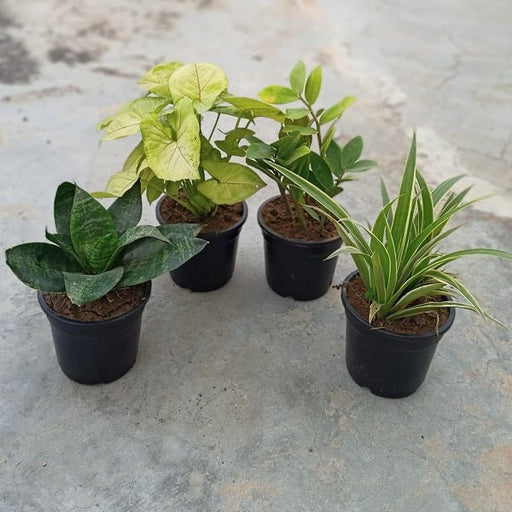 Save 25%
Save 25%
Set of 4 Evergreen Air Purifier Plant Pack Transform your indoor space into a lush, green oasis with our Set of 4 Evergreen Air Purifier Pla...
View full details| SrNo | Item Name |
|---|---|
| 1 | Magnolia - Plant |
The Magnolia plant, belonging to the Magnoliaceae family, is renowned for its stunning, fragrant flowers and glossy green leaves. With over 200 species, Magnolias are native to Asia and the Americas, thriving in a variety of climates. These deciduous or evergreen trees and shrubs can reach impressive heights, making them a striking addition to any landscape.
What makes the Magnolia special is its rich history and cultural significance. Revered in many cultures, it symbolizes purity and nobility. The flowers bloom in early spring, often before the leaves appear, creating a breathtaking spectacle that attracts pollinators like bees and butterflies.
One of the Magnolia's standout features is its unique flower structure, which has existed for over 95 million years, making it one of the oldest flowering plants on Earth. Its large, cup-shaped blooms can be white, pink, purple, or yellow, adding vibrant color to gardens and parks.
When it comes to magnolias, variety is the spice of life! From the stunning Southern Magnolia with its large, fragrant blooms to the petite Star Magnolia that’s perfect for smaller gardens, there’s a magnolia for every personality. Each variety boasts unique characteristics, making them the divas of the plant world. Whether you prefer the classic white blooms or the vibrant pinks and purples, these trees are sure to steal the show in any landscape. So, pick your favorite and let the magnolia magic begin!
Caring for a magnolia tree is like nurturing a diva; it requires attention and a bit of pampering. These beauties thrive in well-drained soil and love a good drink of water, especially during dry spells. Pruning is essential, but don’t go overboard—think of it as a light trim rather than a full makeover. With the right care, your magnolia will reward you with stunning blooms and a majestic presence that will have your neighbors green with envy.
Ah, the flowers! Magnolia blooms are like nature’s confetti, bursting forth in a riot of colors and fragrances. These large, showy flowers can be white, pink, or even purple, depending on the variety. They’re not just pretty faces; they also attract pollinators like bees and butterflies, making your garden a buzzing hotspot. Just be prepared for the occasional fallen petal—after all, even the most glamorous flowers have their messy moments!
Size matters, especially when it comes to magnolia trees! These majestic giants can range from compact varieties that fit snugly in small yards to towering trees that demand attention. The Southern Magnolia can reach heights of up to 80 feet, while the smaller Jane Magnolia stays a more manageable 10-15 feet. So, whether you’re looking for a statement piece or a cozy corner plant, there’s a magnolia size that’s just right for you.
Planting a magnolia tree is like setting the stage for a grand performance. Choose a sunny spot with well-drained soil, and make sure to dig a hole that’s as wide as the tree’s root ball. Once planted, give it a good drink and a little love, and watch as it takes center stage in your garden. Just remember, patience is key—magnolias may take a few years to bloom, but when they do, it’s worth the wait!
Even the most glamorous magnolia trees can attract a few uninvited guests. Common pests like aphids and scale insects may try to crash the party, but fear not! A little soapy water or neem oil can send them packing. Regular inspections and a bit of preventive care will keep your magnolia looking fabulous and pest-free. After all, no one wants a garden diva dealing with unwanted drama!
Just like humans, magnolias can suffer from a few ailments. Fungal diseases like powdery mildew and leaf spot can put a damper on their beauty. But don’t fret! With proper air circulation and a little fungicide, your magnolia can bounce back to its glorious self. Keeping an eye on your tree’s health is essential—after all, a happy magnolia is a blooming magnolia!
Incorporating magnolias into your landscaping is like adding a touch of elegance to a dinner party. These trees can serve as stunning focal points, provide shade, or create a beautiful backdrop for your garden. Pair them with complementary plants like azaleas or hostas for a show-stopping display. With their striking blooms and lush foliage, magnolias will elevate your outdoor space from ordinary to extraordinary.
The scent of magnolia flowers is like a sweet serenade to your senses. Their intoxicating fragrance wafts through the air, inviting you to stop and take a whiff. It’s no wonder these blooms are often used in perfumes and candles! Planting a magnolia near your patio or entrance will ensure that every time you step outside, you’re greeted by nature’s own air freshener. Who needs synthetic scents when you have a magnolia?
The roots of a magnolia tree are like the foundation of a mansion—strong and essential for stability. These trees have a shallow root system, which means they can be susceptible to drought. However, this also makes them less invasive, so you won’t have to worry about them taking over your garden. Just remember to give them enough space to spread out and thrive, and they’ll reward you with beauty for years to come.
Magnolias are not just pretty faces; they carry a wealth of symbolism. Often associated with dignity, nobility, and perseverance, these trees have a rich history in various cultures. In the language of flowers, magnolias represent love of nature and beauty. So, when you plant a magnolia, you’re not just adding a tree to your garden; you’re inviting a piece of history and meaning into your life. Talk about a conversation starter!
Magnolia plants are the elegant divas of the plant world, boasting stunning flowers and glossy leaves. They belong to the Magnoliaceae family and can be deciduous or evergreen. With over 200 species, these beauties can range from small shrubs to towering trees, making them the perfect addition to any garden looking for a touch of sophistication.
Caring for a Magnolia plant is like pampering a celebrity. They thrive in well-drained soil and prefer full sun to partial shade. Water them regularly, especially during dry spells, and don’t forget to mulch! Pruning is essential, but do it sparingly—Magnolias like to keep their wild side intact while still looking fabulous.
Magnolia plants bloom in spring, usually between March and May, depending on the species and your location. Their flowers can be as big as your head and come in various colors, from white to deep purple. Just when you think winter has overstayed its welcome, these floral showstoppers arrive to remind you that beauty is just around the corner.
There are over 200 types of Magnolia plants, each with its own flair! From the classic Southern Magnolia with its large, fragrant white blooms to the starry Magnolia stellata, there’s a variety for every taste. Some are small shrubs, while others are majestic trees. Choose wisely, as each type brings its own unique charm to your garden.
Absolutely! Magnolia plants can be the life of the container party. Just make sure to choose a dwarf variety for potting, as they’re more suited for confined spaces. Use a well-draining potting mix and ensure your pot has drainage holes. With the right care, your potted Magnolia will thrive and become the envy of your neighbors.
Yes, indeed! Magnolia plants are like a five-star restaurant for bees. Their fragrant flowers are a magnet for these buzzing pollinators, providing them with nectar and pollen. So, if you want to support your local bee population while enjoying stunning blooms, planting a Magnolia is a win-win. Just be prepared for some busy little guests!
Magnolia plants are not on the deer’s top ten menu, making them a great choice for gardens in deer-prone areas. While no plant is entirely deer-proof, their thick leaves and fragrant blooms often deter these four-legged munchers. So, plant a Magnolia and let it stand tall while the deer look elsewhere for their next snack.
Magnolia plants can be a bit of a slowpoke in their early years, typically growing 1 to 2 feet per year. However, once they settle in, they can surprise you with their growth spurt! Depending on the species, some can reach impressive heights in just a few years, making them a long-term investment in garden glamour.
Pruning a Magnolia plant is like giving it a stylish haircut—just don’t go overboard! The best time to prune is right after flowering, as they bloom on old wood. Remove any dead or crossing branches, but leave the shape intact. A little snip here and there will keep your Magnolia looking chic without sacrificing its natural beauty.
Magnolia plants are picky about their soil, preferring a well-draining, slightly acidic mix. Think of it as their spa treatment! A blend of loamy soil, compost, and a touch of pine bark will keep them happy. Avoid heavy clay or overly alkaline soils, as they can throw a tantrum and refuse to bloom.
Good news for pet lovers! Magnolia plants are generally considered non-toxic to cats and dogs. While a nibble here and there won’t send your furry friend into a tailspin, it’s still best to discourage munching. After all, those beautiful blooms are meant for admiring, not for snacking! Keep your pets safe and your garden gorgeous.